Assessing Soil Health on Grazing Lands Using a Shovel and a Knife
By Justin Morris, NCAT Regenerative Grazing Specialist
Did you know you can do a soil health assessment on your own pasture without having to send in soil samples to a laboratory? And this assessment costs only your time because it requires no special tools. Using the senses of sight, smell, and touch, along with very simple hand tools — a shovel and a knife — you can determine the health of the soil in your pasture in less than 30 minutes.
The goals of the pasture soil health assessment are to:
- Become more familiar with the soil that supports the plants that feed your livestock
- Determine the current state of soil health at the time of the assessment when compared to a nearby area of high soil health
- Determine whether soil health is improving or worsening based on at least two assessments conducted in the same spot at two different time periods
- Gain insight on whether past and/or current grazing management efforts are making a positive or negative change to soil health
I created a video to demonstrate how to conduct a soil heath assessment, where you’ll learn:
- Where to conduct a soil health assessment
- How to conduct a soil health assessment beginning with the condition of the soil surface
- Indicators of good or poor soil health
- How grazing management affects soil health
Click the play button below to watch the YouTube video on how to do the assessment. Have questions? Feel free to contact me at justinm@ncat.org or 406-494-8664.
Related ATTRA Resources:
Soil Health 101: Principles for Livestock Production
Soil Health 101: Cover Crops and Water Infiltration
Soil Health 101: Grazing and Soil Health with Jody Reye
Other Resources:
This blog is produced by the National Center for Appropriate Technology through the ATTRA Sustainable Agriculture program, under a cooperative agreement with USDA Rural Development. ATTRA.NCAT.ORG.


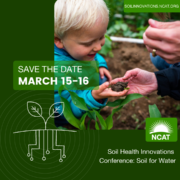
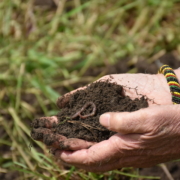
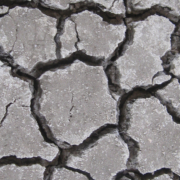 NCAT
NCAT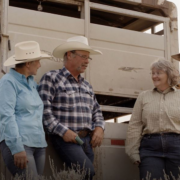
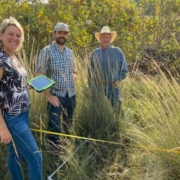
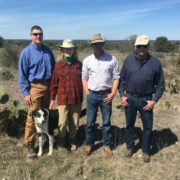
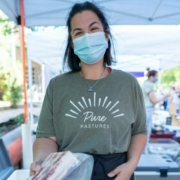
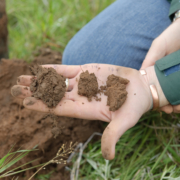 USDA NRCS Texas
USDA NRCS Texas
